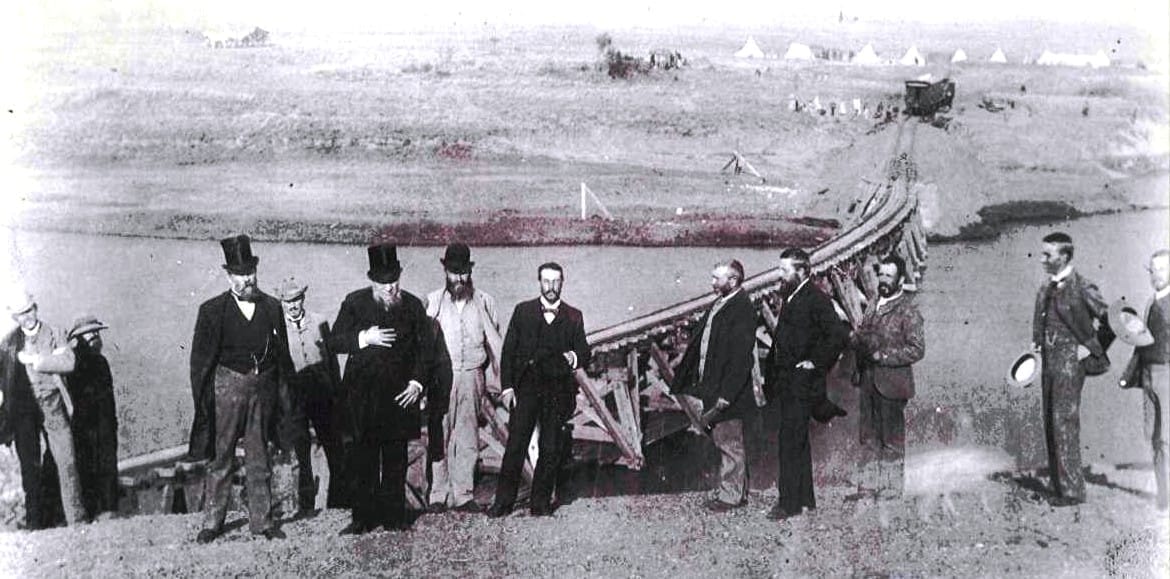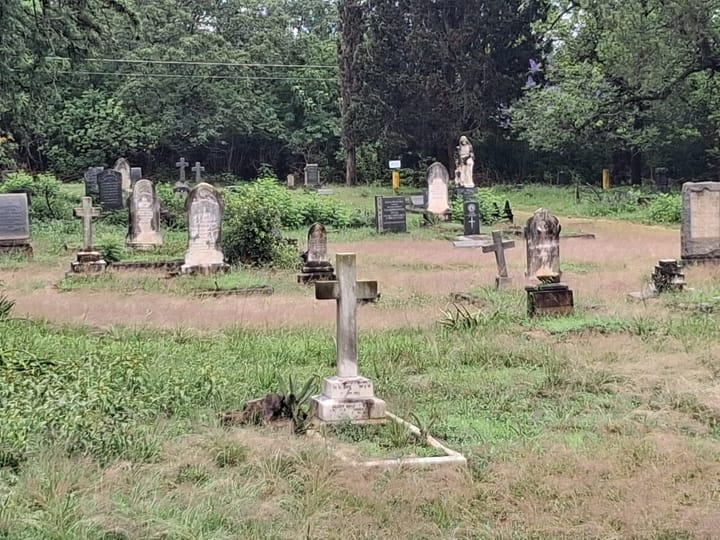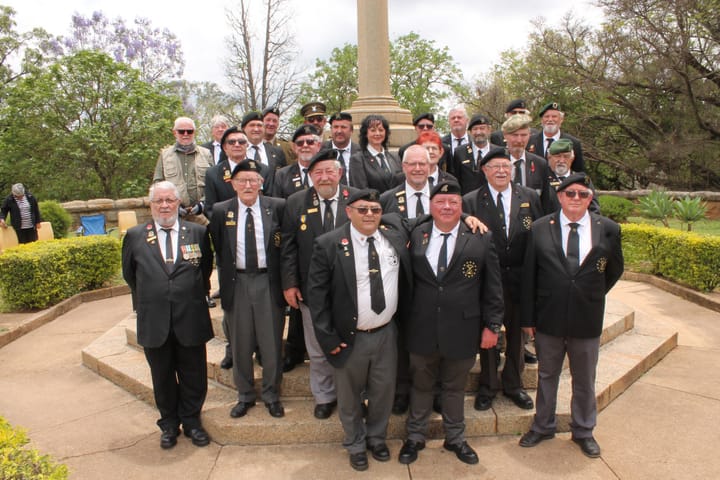Sammy Marks: The empire builder who left his mark on Barberton
From immigrant trader to Transvaal tycoon, Sammy Marks helped shape Barberton’s golden rise.

Barberton’s gold rush may have been ignited by wild-eyed diggers and dusty prospectors, but it was men like Sammy Marks who gave the boomtown its bones. As Barberton celebrates 141 years, it is fitting to remember the businessman and builder who helped turn the goldfields into a functioning town.

While others were chasing riches beneath the ground, Sammy Marks was building above it, establishing banks, commercial buildings, and services that gave Barberton its first taste of urban development. His story is one of vision, enterprise, and enduring legacy.

Samuel “Sammy” Marks was born in 1844 (some sources say 1843) in Neustadt-Sugind, Russian Empire (now Lithuania) and emigrated to South Africa in the 1868. Starting as a humble peddler in the Cape, he worked his way up through the ranks of commerce, partnering with his cousin Isaac Lewis to form the influential firm Lewis & Marks.
While based in Pretoria, Marks had an eye for opportunity, and when gold was discovered in the De Kaap Valley, he moved quickly to establish a presence in Barberton. His name soon became synonymous with the town’s early business growth.

One of Marks’s most notable contributions was the construction of the Lewis & Marks Building in 1887. It was the first double-storey building in the old Transvaal, designed by architect A. H. Halder and built by J.J. Kirkness. Situated in the heart of Barberton, the building housed the Bank of Africa, of which Marks was a shareholder, and offered office space to traders and lawyers.
Its brick-and-mortar elegance stood in stark contrast to the tin shanties and wooden canteens that made up much of the town at the time. It was a symbol of Barberton’s arrival as a serious centre of finance and industry.
Marks understood that infrastructure and capital were key to sustaining a gold economy. He invested in:
- Banking services, providing security and loans for mine owners and merchants;
- Retail supply chains, bringing essential goods from Pretoria and the coast to the Lowveld;
- Transport and communications, including early telegraph lines and ox-wagon routes to Barberton;
- Shares in mining ventures, though he was more focused on supplying them than digging himself.
His approach was calculated. Marks let others chase gold while he sold them everything they needed to get it.
While his time in Barberton was just one chapter, it was a formative one. Later, Marks would go on to become one of the wealthiest men in South Africa, with interests in coal, steel, agriculture, distilling, and rail. He was also a generous benefactor, donating land for synagogues, churches, and schools, and even lending President Paul Kruger funds when the Zuid-Afrikaansche Republiek was under strain.

His Pretoria mansion, Zwartkoppies Hall, is now a national monument, yet his impact reached as far south as Barberton, where his name is still spoken with respect among heritage historians.
The Lewis & Marks Building, though altered over time, remains a testament to early ambition in Barberton. It reminds us that while fortune-hunters may light the fire, it takes builders, bankers, and believers to keep it burning.
Sammy Marks never swung a pickaxe or panned a stream, but he gave the miners a place to bank their gold, and Barberton a foundation to grow.
What people might not know is that Sammy Marks was a close friend of President Paul Kruger, often giving him business and political advice. His company printed commemorative coins (without official permission!), some now highly sought-after collector’s items. He also supported education and Jewish immigrant communities in the Lowveld and Highveld.
Let us honour the builders and businessmen who helped shape the early fabric of the town. Sammy Marks stands as one of the finest examples: a man of vision, action, and enduring legacy.





Comments ()